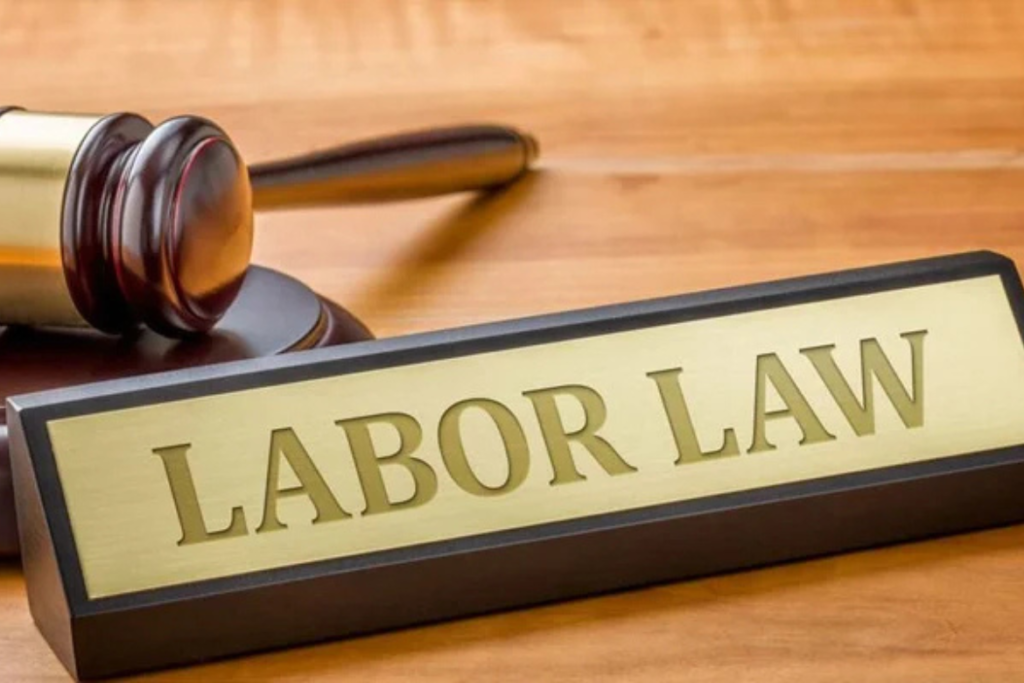
Employment and Labor Law
Employment and labor law governs the relationship between employers and employees, including their rights and responsibilities in the workplace. This area of law covers a broad range of topics related to employment, workplace safety, and labor relations. Here are the key aspects:
1. Employment Contracts
- Types of Contracts: Written, verbal, or implied agreements that outline the terms of employment, including job duties, compensation, and duration.
- At-Will Employment: In many jurisdictions, employment is “at-will,” meaning either party can terminate the employment relationship at any time, with or without cause, unless otherwise specified in a contract.
2. Wage and Hour Laws
- Minimum Wage: Laws establishing the lowest hourly wage that can be paid to employees.
- Overtime Pay: Regulations requiring employers to pay eligible employees time and a half for hours worked beyond the standard 40-hour workweek.
3. Employee Rights
- Anti-Discrimination Laws: Laws prohibiting discrimination based on race, color, religion, sex, national origin, age, disability, or genetic information (e.g., Title VII of the Civil Rights Act).
- Family and Medical Leave: The Family and Medical Leave Act (FMLA) provides eligible employees with unpaid, job-protected leave for specific family and medical reasons.
4. Workplace Safety
- Occupational Safety and Health Administration (OSHA): Federal agency responsible for ensuring workplace safety and health standards are met.
- Workers’ Compensation: Insurance programs that provide benefits to employees injured on the job, regardless of fault.
5. Labor Relations
- Unionization: Employees have the right to organize and join labor unions to negotiate collective bargaining agreements.
- National Labor Relations Act (NLRA): Governs labor relations in the private sector, protecting employees’ rights to unionize and engage in collective activities.
6. Termination and Layoffs
- Wrongful Termination: Employees may have legal claims if terminated for discriminatory reasons or in violation of employment contracts.
- Severance Agreements: Agreements outlining the terms of an employee’s departure, including any severance pay and benefits.
7. Harassment in the Workplace
- Sexual Harassment: Unwelcome sexual advances or conduct that creates a hostile work environment.
- Bullying and Hostile Work Environment: Laws addressing workplace bullying and harassment based on protected characteristics.
8. Privacy and Surveillance
- Employers must navigate laws related to employee privacy, including monitoring communications and workplace surveillance.
9. Employee Benefits
- Laws governing employer-provided benefits such as health insurance, retirement plans (e.g., ERISA), and other fringe benefits.
10. Dispute Resolution
- Mediation and Arbitration: Alternative dispute resolution methods for resolving employment disputes outside of court.
- EEOC Complaints: Employees can file complaints with the Equal Employment Opportunity Commission (EEOC) regarding discrimination or harassment.
